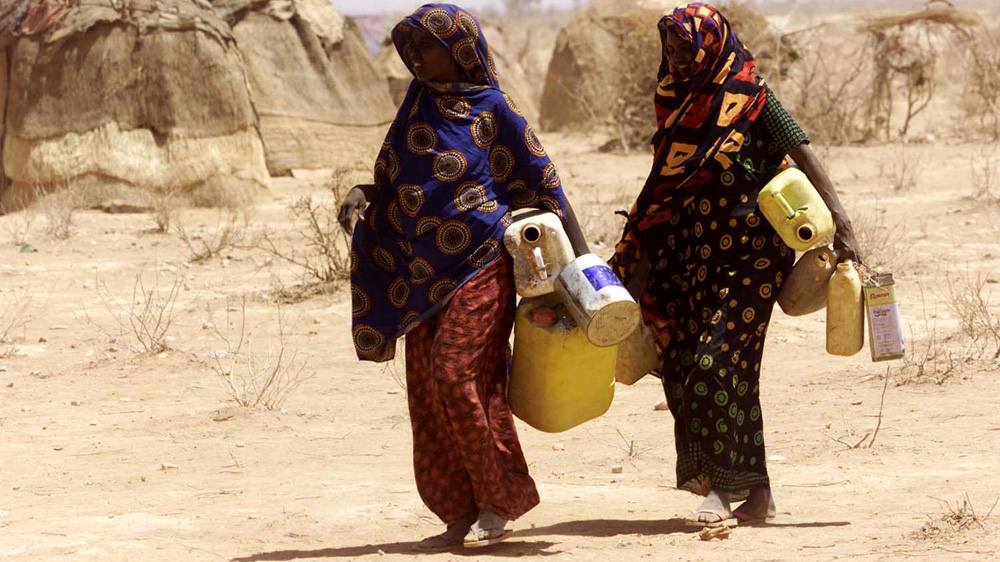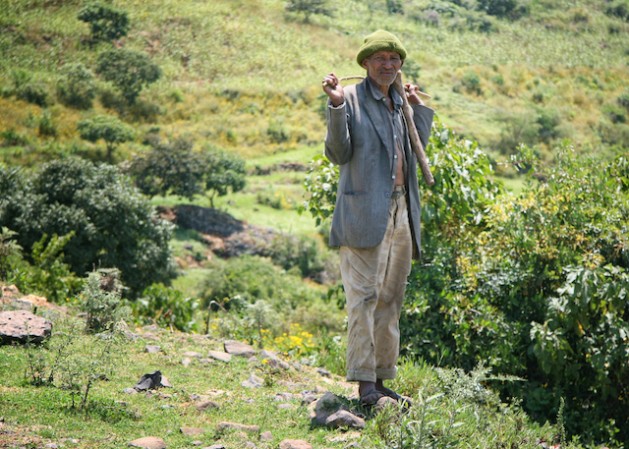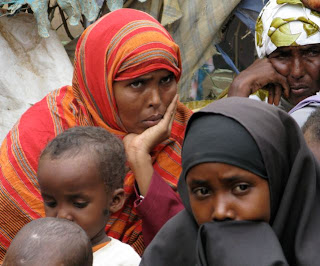It was for decades a disputed region between Ethiopia and the Ogaden National Liberation Front (ONLF) rebels until recently when the two signed a peace deal agreeing to end all hostilities and pursue their political obligations through peaceful means.
Ogaden, also referred to as Western Somali Region or Ogadenia, is one of the nine ethnically defined states of Ethiopia.
The region is officially known as ‘Region Five’ or Somali Regional State (SRS). With Jijiga as its capital, Ogaden is the easternmost region of Ethiopia, bordering Djibouti and Somaliland to the north, Kenya to the south-west and Somalia to the east and south, a report by unpo.org. said.
Despite having oil and gas fields, people in the region suffer from a lack of official representation in the social, cultural and political fields while lacking access to trade relations and aid from foreign countries and NGOs, the report added.

This development has been blamed on the years of insurgency between Ethiopia and the ONLF rebels from its Somali Region.

The ONLF, formed in 1984, had been fighting for the rights of ethnic Somalis living in eastern Ethiopia to self-determination, as well as, a bid for secession.
Last July, the Ethiopian administration removed the ONLF from a terror list which prompted the group to declare an indefinite unilateral ceasefire in August.
But what is the genesis of the conflict between Ethiopia and the ONLF?
In 1977, Ethiopia and Somalia got engaged in a territorial conflict over the Ogaden region that is claimed and situated between the two countries.
This territorial dispute got international attention as Ethiopia had the backing of the Soviet Union while Somalia was supported by the United States.
The Border conflict and internal unrest in the Ogaden resumed after Somalia became independent in 1960 led by the Western Somalia Liberation Front of the area who were resisting Ethiopian rule.
Ethiopian leader, Emperor Haile Selassie was overthrown in September 1974 by the military council known as the Derg and out of the political confusion that ensued arose many separatist groups who were opposed to the Derg.
The Western Somali Liberation Front (WSLF) was one of those groups. Made up of Somalis living in the Ogaden region of Ethiopia, this group demanded the annexation of the area they controlled to Somalia.
The Derg, by 1977, had gained total control of almost all of Ethiopia, as it suppressed many separatist groups, particularly the WSLF and its supporters. Ethiopia, had, around this time been declared a Marxist state and had been allied with the Soviet Union.
The WSLF, meanwhile, in their fight gained support in terms of weapons and other supplies from the Somali government.
The Soviets also supplied their new ally Ethiopia with massive support to the extent of bringing in 15,000 Cuban troops, as well as, “volunteers” from other communist nations such as Yemen and North Korea when the territorial conflict began.
The Somalis, in response, requested support from the United States, which they received.
When the conflict began in July 1977, the Somali National Army of about 35,000 alongside fifteen thousand WSLF militiamen outnumbered the Ethiopian military but because Ethiopia had superior artillery and air force due to the Soviet support they received, they defeated the Somali Army and the WSLF allies and drove them out.
At the start of the conflict, Ethiopia controlled 10 per cent of the Ogaden region but by March 1978, it had captured almost all of the Ogaden, pushing the Somalis out of the area.
Accounts state that by the early 1980s, the number of refugees in Somalia from the Ogaden exceeded 1,500,000, most of them women and children.

Since the 1980s, the region has continued to experience periodic unrest, including tensions after the disputed 2005 general elections and the civil unrest in Somalia and Ethiopia’s intervention there in 2006.
Thus, the Ethiopian government has had a military presence in the region that is said to contain four trillion cubic feet of gas and oil deposits.
The ONLF, which was formed in 1984, has been one of the groups spearheading these periodic insurgencies.
Its massive attack was in April 2007 when its fighters killed about 74 people in an attack on a Chinese-run oil facility. This compelled the Ethiopian government to further crack down on the activities of the ONLF rebels that have claimed lives and caused other human rights abuses.

Following the group’s indefinite unilateral ceasefire last August after its removal from the terror list and the recent peace agreement, the two sides have now agreed to end all hostilities and form a joint committee to discuss the root causes of the conflict.
At the moment, the economy of the Ogaden region relies heavily on livestock and agriculture, though access to land has been a major issue for the people in the region, particularly, the Somali, who form a majority of the population.
“Land expropriations targeting the Ogadeni people and subsequent controversies have brought about further tensions between the people of Ogaden and the local and national authorities, particularly due to government policies of clearing and selling large tracts of land to foreign investors exploring the vast oil and gas resources of the region, and of redistributing land to farmers of non-Somali ethnicity,” writes unpo.org.

With a majority of the population being Muslims, Ogaden is also made up of the Oromo (0.46%), Amhara (0.66%), foreign-born Somalis (0.2%) and Gurages (0.12%).
In November 2018, after 41 years of bad blood, flights between Ethiopia and Somalia resumed. Flights between the two countries stopped after the 1977 war over the Ogaden region.
Despite the peace deal signed between both parties last October, there are reports that Islamist group Al-Shabaab has resurfaced in the region, a move experts fear may hamper the peace process.










